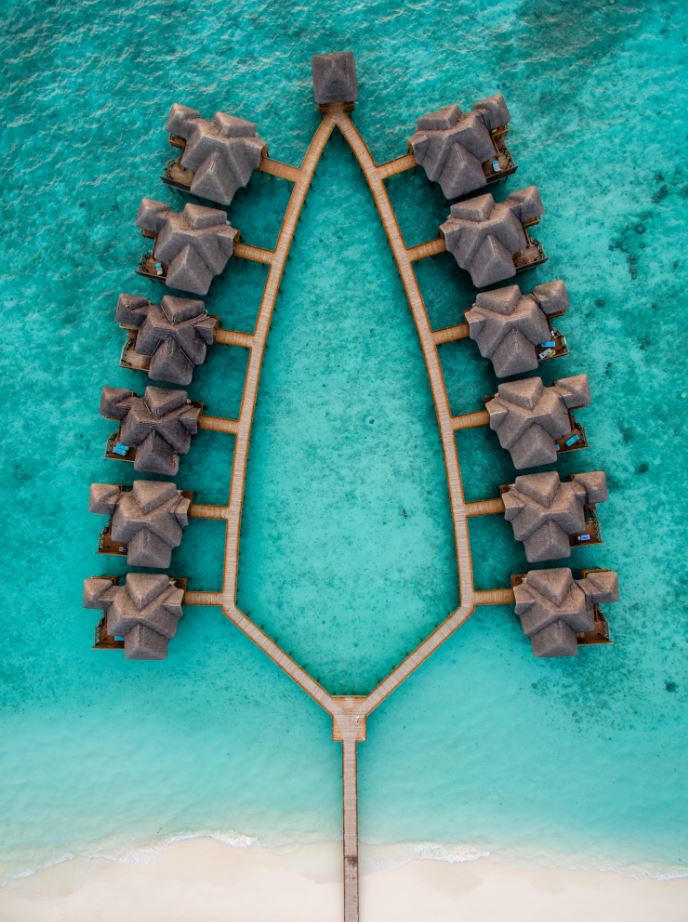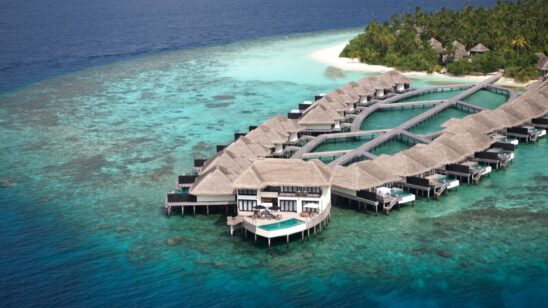
Overview of tourist accommodation facilities in the Maldives: Hotels and guesthouses
The unique and natural beauty of the Maldives coupled with the one-island-one-resort concept attracts droves of tourists to the luxury destination, but it is not solely dedicated for the affluent traveller—the country offers various types of accommodation options catering to a diverse range of preferences; from luxury to budget travellers and backpackers, etc. These facilities are broadly categorised into four types: resorts, city hotels, guesthouses and safari vessels.
A tourist resort is defined as “an island or a designated area of an island that has been developed to accommodate tourists and to provide board and lodging facilities for them,” according to the Maldives Tourism Act 1999, while a tourist hotel is designated as “an establishment, other than a tourist resort or a tourist guest house that has been developed to provide board and lodging or (only) lodging for tourists for a payment decided at a certain rate per day of stay.”
Guesthouse—the more budget category—is defined as “an establishment other than a tourist resort or a tourist hotel, that has been developed in compliance with the standards determined by the Ministry of Tourism to provide board and lodging or (only) lodging for tourists for a payment decided at a certain rate per day of stay.” Location is a generic context used in distinguishing these categories: resorts are usually located on mesmerising private islands, most hotels are set up in urban centres, and guesthouses are mostly located on inhabited islands.
While 70% of the tourist bed capacity is contributed by resorts, city hotels and guesthouses play a vital role in catering to the urban tourism needs of the destination. City hotels and guesthouses are similar in terms of services; however, city hotels operate on a larger scale with more rooms, unlike guesthouses which are more like boutique hotels, usually with a smaller number of rooms offering more personalised services at an economical rate.
With more than half of the world population residing in urban areas, cities have become global economic hubs. As these urban centres drive economic growth, employment and innovation, they continue to attract more people. These cities provide multiple tourist activities including sightseeing, leisure, shopping, business, conference and training, and entertainment, etc. As of 2018, 45% of global international travel is represented by cities, making these metropoles key players for global travel (WTTC, 2018).
Looking at the tourism landscape in the Maldives, notable changes appeared in tourist bed capacity during the past decade. The percentage share of registered bed capacity from resorts fell from 83% to 70% from 2010 to 2018, while exponential growth in registered bed capacity was identified among guesthouses with a share of 19% in 2018—it stood at less than 2% in 2010. This huge increment follows an easing of regulations in 2010, allowing for guesthouse development in inhabited islands. Meanwhile, the registered bed capacity of city hotels over the decade remained with minimal change. Unlike guesthouses, operation of city hotels began quite early in 1981 with Nasandhura Palace Hotel being the first hotel opened in Malé City catering to urban tourism needs.

Delving deeper into the location context of tourist accommodation facilities in the Maldives, it was identified that the Greater Malé Region has the largest concentration of hotels and guesthouses (27% overall bed capacity among the two categories). At the end of 2018, 44% of the registered bed capacity from hotels was within this region while 56% was distributed in other areas. Also, 33% of the registered bed capacity of guesthouses were in the Greater Malé Region.
With over one-third of the local population concentrated in the region, the Greater Malé Region is the main economic and geographic hub of the country. Also, Velana International Airport located in Hulhulé Island is the main gateway for international tourists arriving the Maldives making the hotels in the region key preferences among transit passengers. The Greater Malé Region consists of the capital city Malé, residential islands Hulhumalé and Villimalé, industrial islands Thilafushi and Gulhifalhu, and Hulhulé Island—housing the main international airport.
The changing share of registered bed capacity among the four main categories of tourist accommodation facilities also reflects that demand trends by inbound international tourists have been changing in the Maldives. Even though city hotels have not shown much growth over the last decade, the booming number of guesthouses indicates that tourists on a budget, solo travellers and backpackers, etc. are market segments with significant potential for growth in the Maldives. And, the Greater Malé Region being the core urban and economic centre in the country, with the main gateway for international tourists, demand for hotels and guesthouses by business travellers and transit visitors are expected to rise in the future.






